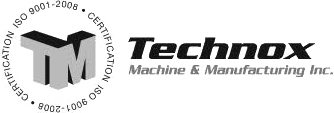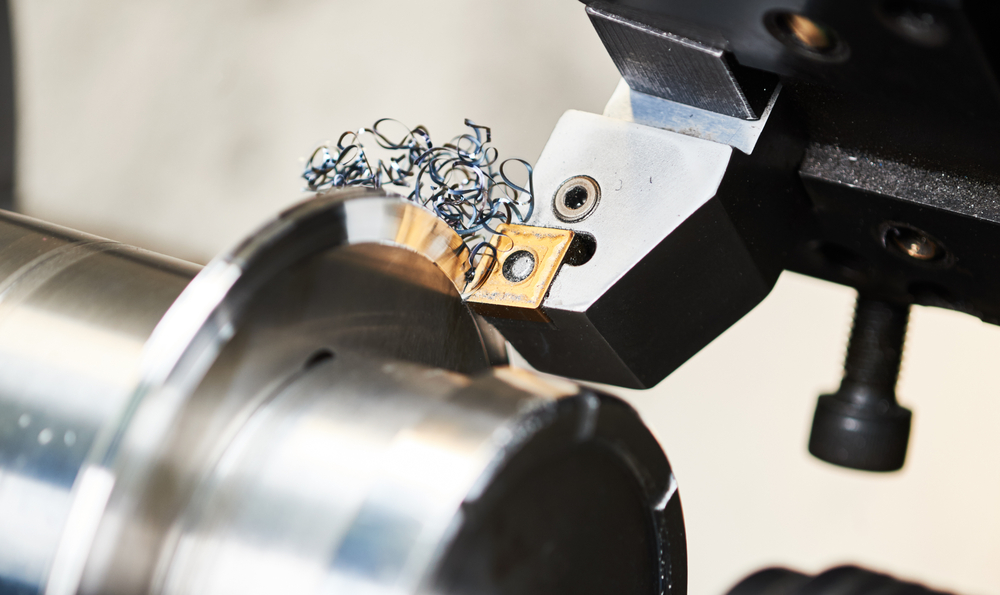A Guide to CNC Turning Services
Leave a CommentComputer numerical control (CNC) turning is a popular manufacturing process that yields highly precise custom components from various stock materials. In this blog, you’ll learn about CNC turning, including the main types, benefits, applications, and materials.
Types of CNC Turning
CNC turning utilizes a nonrotating, stationary cutting tool to remove external material from a workpiece, reducing its outer diameter. Unlike boring, turning does not remove internal material.
Turning centers are available in 2-axis lathes options. More complex geometries require more axes, which a CNC turning center can accommodate due to its system of chip conveyors and tool changers. For simple turning projects, lathes are sufficient.
There are two main types of turning centers:
- Horizontal turning centers are the most common. As the name implies, these turning centers use a horizontally oriented spindle. Tools are mounted on the side of the tool holder and cut across the workpiece. The design allows gravity to draw chips away from the workpiece.
- Vertical turning centers have an upended orientation, where the headstock rests on the floor, and the faceplate becomes a horizontal rotating table. Vertical turning centers are handy for oversized, short, or heavy workpieces. In vertical turning, chips must be separated since gravity does not help with chip evacuation. Inverted vertical turning switches the position of the jaw chuck and the spindle.
Materials Used in CNC Turning
Here is an overview of the most common materials used in CNC turning.
- Aluminum – Aluminum alloys can be easily machined in large volumes. They offer an excellent strength-to-weight ratio, high thermal and electrical conductivity, and versatility. Aluminum alloy 6061 is often used for automotive and recreational components, while aluminum 7075 is better suited for high-performance aerospace applications.
- Brass – Brass is one of the most popular materials used in CNC turning because it is easy to stamp, machine, and mold. It provides excellent thermal conductivity, ductility, corrosion resistance, and durability.
- Bronze – Easy to machine, bronze is resistant to corrosion and saltwater.
- Cast iron – Cast iron can be machined two times faster than other types of steel. It is an abrasion-resistant material that is excellent at absorbing vibrations and reducing tooling wear.
- Copper – Copper alloys are resilient and highly workable.
- Hastelloy – Hastelloy is also difficult to machine but not impossible. Our specialized experience in CNC turning this material yields results that can tolerate high-temperature, high-stress environments.
- Nickel – Nickel alloys require specific tools with appropriate chip curlers or breakers.
- Steel – Various steel alloys, including carbon steel, are commonly used in CNC turning. Carbon steel is popular because it is more robust than stainless steel but not as expensive.
- Stainless steel – Stainless steel is solid and resistant to corrosion, water, and distortion.
- Plastics – Various plastic parts, such as nylon, can also be manufactured with CNC turning.
Advantages of Using CNC Turning Services
Perhaps the most significant advantage of CNC turning is accuracy. By incorporating CAD or CAM files, the machine can make precise measurements that eliminate the possibility of human error. The technology is user-friendly and can perform a variety of specific functions.
Speed is another advantage. High-torque, high-speed turning allows tooling to deliver quick results. Secondary spindles can provide back-side finishing in addition to sequential part processing. Because it is an automated process, CNC turning is highly productive and even allows for 24/7 production without the supervision of a human operator.
CNC turning also offers flexibility. With programmed machining, operators can make simple adjustments to change the output. Twin turret and twin spindle designs offer different part-processing potential, and full circumference C-axis headstock brakes enable maximum maneuverability.
Industries Served & Applications
CNC turning is essential in a variety of industries, including:
- Aerospace – The aerospace industry relies on high-precision parts. CNC turning plays a vital role in delivering these components, which include aircraft bodies and engines.
- Military – Military component manufacturing relies on CNC turning to produce defense vehicles, avionics, and other military devices.
- Mechanical – Screws, motor shafts, and other mechanical parts can all be produced by CNC turning.
Contact Technox Machine & Manufacturing for Your CNC Turning Needs
CNC turning is an automated manufacturing process that produces highly accurate parts for various markets. Contact us today if you have any questions about the CNC turning process. If you already have a project in mind, you can request a quote.




